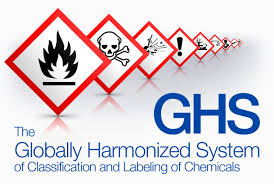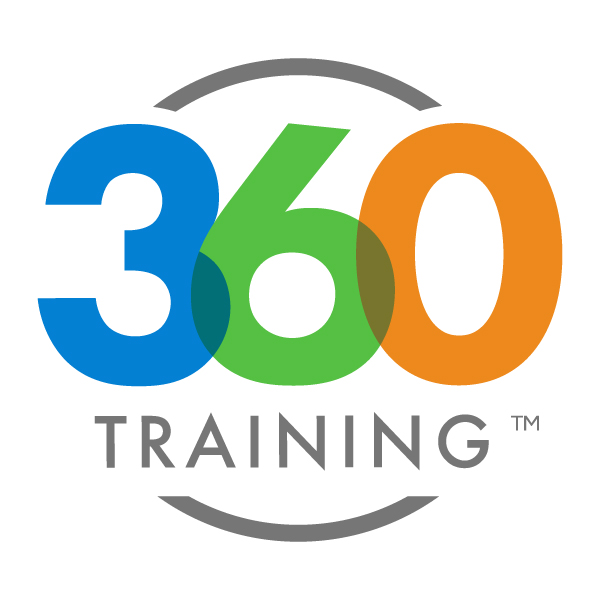Complete Your Hazwoper Training Online
All course descriptions detailed below.
What is HAZWOPER Training?
Hazardous Waste Operations and Emergency Response (HAZWOPER) is training covered under OSHA standards 29 CFR for workers and employers who are exposed to hazardous substances and are engaged in cleaning, treatment, storage, and disposal of such materials. The guidelines provided through the course regulate hazardous waste operations and emergency services in the US and its territories.
Working with hazardous wastes and substances can be tricky. One wrong move may lead to accidents or injuries at work. HAZWOPER training can help you to identify and address related hazards before it's too late.
HAZWOPER 40 Hour Plus GHS Hazardous Communication
- This course covers 40 hours of instruction required by 29 CFR 1910.120(e)(3), OSHA's Hazardous Waste and Emergency Response training standard.
- This course is designed for General site workers engaged in hazardous substance removal or other activities which expose or potentially expose workers to hazardous substances and health hazards.
- This course is comprised of 24 sections, covering topics pertaining to workplace hazards associated with Hazardous Waste Operations and Emergency Response (HAZWOPER).
- Upon successful completion of the course, you will receive a certificate of completion which is accepted by OSHA as documentation of training.
- Workers are exposed to hazardous chemicals daily in the workplace which pose a serious health threat to workers.
- The Occupational Health & Safety Administration requires training regarding chemical hazards in the work place.
- In the course you will learn about the HazCom (Hazardous Communication) Standard and the new Globally Harmonized System (GHS), and
- how to use (MSDSs) Material Safety Data Sheets and chemical labels to protect yourself from hazards or reaction to chemical exposures.
This course gives you a basic understanding of how to deal with hazardous chemicals and how workers can prevent & protect themselves from chemical hazards.
Course Features:
- One Interactive Flash Game; “Decision Point”
- Thirty four Knowledge Checks; Five questions; ungraded, self paced
- Thirty one customized activities; Four types: Drag & Drop,T/F, Drop Down,
- Twenty two videos
- Twenty four Lesson quizzes, 10 questions, 70 percent pass rate
- One hundred fifty question Final Exam, 70 percent pass rate
Learning Objectives
Read & understand OSHA regulations &requirements
Understand
- Chemicals & the hazards they present in the workplace
- the principles of toxicology & how they relate to various types of chemical exposures
- the principles of decontamination as well as levels of decontamination and methods
- confined space permit system; be able to identify the main confined space atmospheric hazards, types of ventilation and gain an overall understanding of medical concerns associated with confined spaces
- guidelines, planning, hazards and support systems associated with Excavations
- Protection Factors
Summarize
- the components of OSHA’s Hazard Communication Standard & the steps for a Hazard Communication Program
- risk factors, methods of risk reduction and employer requirements regarding Hepatitis B and HIV possible occupational exposure
- classifications of fire, types of fire extinguishers and the PASS method and standards for fixed extinguishing systems.
- training and record keeping requirements regarding Bloodborne Pathogens
Describe
- potentially hazardous situations involving solvents, oxidizers,corrosives, and reactive chemicals
- the process , purpose,and types of material sampling
- devices and methods and for personal sampling of individuals and their general work environments
- radiation hazards & different types of radiation & radiation hazards
- different types of respiratory equipment
- the uses for Personal Protective Equipment (PPE) & how to choose the correct PPE
- the types and methods of air monitoring
Name and describe the most common hazards in the work environment a&take preventative steps against them.
Explain
- the general guidelines that should be followed when teams responding to emergency spill conditions encounter a hazardous substance.
- the purpose and effect of revisions to OSHA’s (BBP) Bloodborne Pathogens standard
Discuss
- specific revisions to the Bloodborne Pathogens Standard Course Features
- proper ways to warn employees of Blood Born Pathogens hazards
- the Needlestick Safety & Prevention Act
Develop a Medical Surveillance Program and understand its purpose
List
- methods of exposure contro, types of Bloodborne Pathogens, and steps for compliance with OSHA standards
- List the elements of site security
- List the requirements of an emergency training program
Online
OSHA training Benefits
- Print your temporary certificate of completion instantly!
- No course lock outs
- Easy course navigation w/ course review
- Unlimited quiz attempts
- FREE Study Guide included with all Online Safety Certification Courses. Online or PDF format









